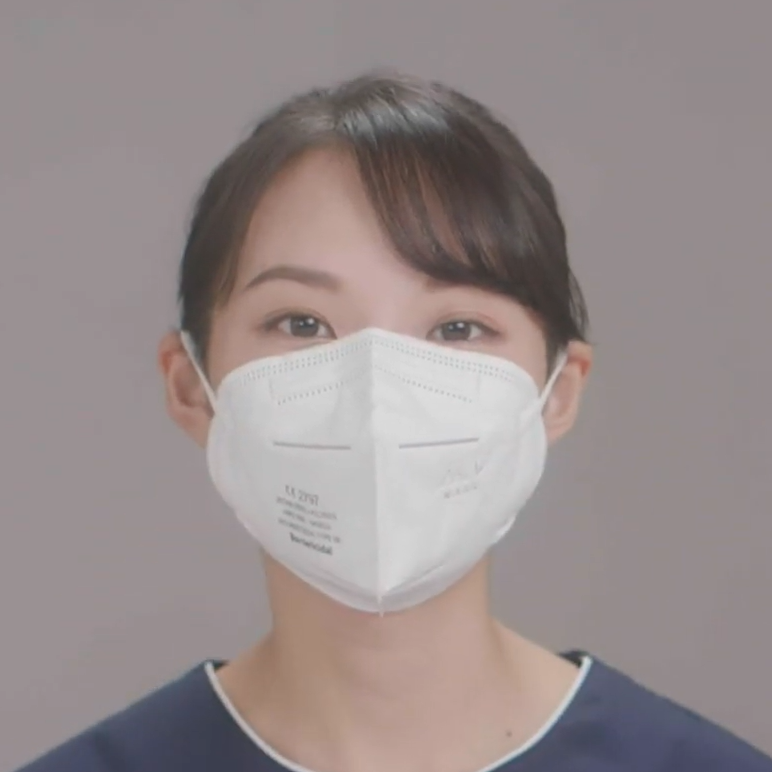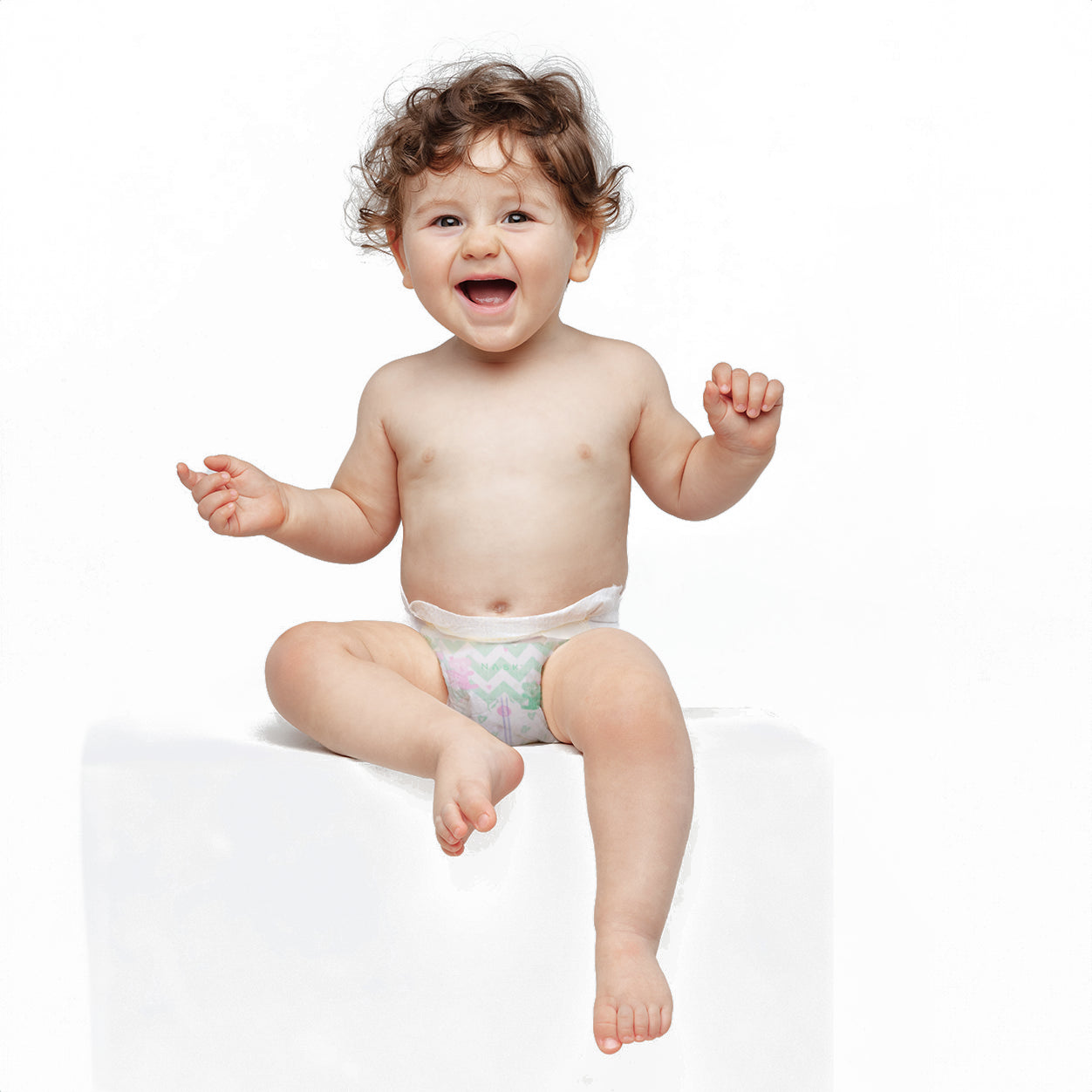Article: Everything You Need To Know About FFP Respirators

Everything You Need To Know About FFP Respirators
What is FFP Respirator?
FFP is the abbreviation for Filtering Face Pieces. The FFP respirator is a highly efficient filtering face mask that complies with the European EN 149 standard. Compared to the American NIOSH N95 standard, the requirements of the EN 149 standard may be more stringent. The FFP respirator is a half-mask type and can be used in industrial and medical environments. Based on filtration efficiency and protection level, they are classified into three grades, from low to high: FFP1, FFP2, and FFP3.
Three Grades of FFP Respirators
FFP1 Respirator:
- Minimum filtration efficiency of at least 80% for large particles.
- Provides basic protection against relatively low-risk solid and liquid particles.
- Mainly used for nuisance-level dust and mist.
FFP2 Respirator:
- Minimum filtration efficiency of at least 94% for smaller particles.
- Offers a higher level of protection against solid and liquid particles.
- Commonly used in medical settings , construction and heavy industry.
-
The groundbreaking NASK Nanofiber Respirator (PRO CE FFP2) is a pioneering product in the realm of personal protective equipment (PPE). The groundbreaking technology has been internationally recognized, clinching the 2017 Geneva International Invention “A + Gold Award” and R&D 100 Award. Merging the power of nanofiber technology with stringent safety standards, this respirator sets new benchmarks for health and safety in various professional environments.
FFP3 Respirator:
- Minimum filtration efficiency of at least 99% for the smallest particles.
- Provides the highest level of protection against very fine solid and liquid particles.
- Used for highly hazardous particles, such as some viruses, bacteria, and toxic dusts.
How to Use FFP Respirators?
The FFP respirator is a high-performance personal protective equipment (PPE), but its use requires compliance with relevant standard requirements. The proper donning method is crucial for the FFP respirator to perform at its optimal level.
HappynCare kindly prepare video tutorial on how to wear NASK Nanofiber FFP2 Respirator.
Donning Method
1. Check if there is any damage
2. Open up the respirator, and press down on the middle of the metal nose strip to make it flat
3. By using the different points of the clips, users can adjust the respirator to suit their face shape and size and to keep it in place. Extra clips can be used depending on the tightness of the respirator against the user's face
4. When putting on the respirator, place it on your face with a metal strip on top over your nose, and then connect the clips.
5. Three ways to use the clips
5.1. At the top of the head. Users connect the clips at the back of the head, with ear bands over the ears. Grab the clips on both sides and pull the ear bands behind the head
to make sure they have equal tension and
won't slip
5.2. At the back of the head. Users with long hair can connect the clips above their tied hair or on top of their disposable cap
5.3. Behind the neck. Users can connect
the clips just behind the neck or below the tied hair additionally
6. Ear band method. Users pull the ear bands over the ears, and be aware of the tightness of the ear bands to avoid excessive pressure on the ears
7. In each case, use both hands to smooth
out the respirator and remove any wrinkles
8. Use both hands with four fingers to press down inwardly onto the metal strip to mold it to the nose bridge
9. Users must also perform seal checks
9.1 Positive pressure seal check: cover the respirator with both hands, then exhale sharply. If you feel air leaking out of the respirator, that means it was put on improperly, you must readjust the ear bands.
9.2 Negative pressure seal check: cover the respirator with both hands, then inhale sharply. If you feel air leaking into the respirator, that means it was put on improperly, you must readjust the ear bands.
Doffing Method
1. If clips are used, gently disconnect the clips and take off the ear bands
2. If no clips are used, simply unhook the
earbands from your ears
3. In both cases remember not to allow the
outside of the respirator to contact with your body






Leave a comment
This site is protected by hCaptcha and the hCaptcha Privacy Policy and Terms of Service apply.